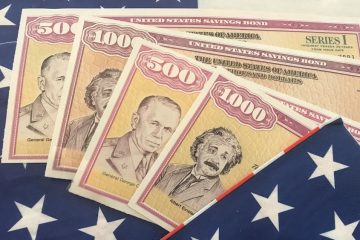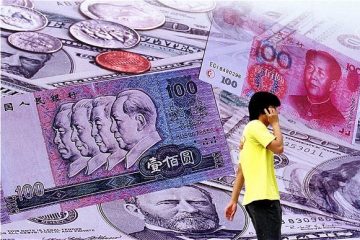Hunt for bond yield helps credits on the cusp

NEW YORK : Investors are dipping down the credit curve to boost returns, allowing both Triple B rated borrowers and those at the upper rungs of the junk bond space to pay historically low yields.
Buyside demand has dramatically changed the state of play at the low end of high grade and the high end of junk, bringing in their spreads far more than those further up the credit spectrum.
According to data from Bank of America Merrill Lynch, average Triple B bond spreads have tightened 57bp year to date as of Monday. In contrast, spreads on Single A and Double A names have moved in just 15bp and 16bp over the same period, the data show.
“There’s been a crowding out because of foreign investors buying a lot of investment-grade bonds,” said Matt Brill, a senior portfolio manager at Invesco. “Our traditional US investor clients who mostly buy Triple B bonds are being forced to buy Double Bs, because now a large majority of the Triple Bs are being purchased by foreigners.”
Dennis McCafferty, a portfolio manager at Manulife Asset Management, said that just 30%-35% of his Double B orders were being fulfilled now, compared to 50% earlier in the year.
LOOKING FOR YIELD
Accommodative monetary policies across the developed world, especially since the UK vote in June to leave the EU, have made negative rates part of the investment landscape.
That has sent global investors pouring into the US bond markets and offered decent pick-up for those willing to move a bit down the credit spectrum – even as the issuers themselves are still getting low funding costs.
Junk-rated Graphic Packaging International (Ba2/BB+), for example, paid its lowest yield ever when it priced an eight-year bond earlier in August at par to yield 4.125%. But the US paperboard company still saw the bonds trade well in the secondary market, with the yield dipping as low as 3.88% in the face of strong demand from investors. Meanwhile a split-rated, six-year bond offering from semiconductor maker NXP (Ba2/BBB-) also drew a crowd earlier in August, pricing with a 3.875% yield.
Just three months earlier, when the company was still fully junk rated, it paid 4.125% on a shorter dated US$ 850m five-year trade.
“If you are an investor and there is a 3.875% bond that is a good place to put money for a while, you know it is going to be liquid,” one leveraged finance banker told IFR. “It is better than sitting on cash and earning nothing.”
NOT BLIND YET
Compared to other Triple Bs in the semiconductor space, such as Maxim Integrated (BBB+) and Analog Devices, recently cut by S&P to BBB from A-, NXP offered a nice pick-up.
On Monday, NXP’s new 2022s were trading at 3.688% versus both the roughly 2.85% on Maxim’s longer-dated 3.375% 2023s and the 2.7% on ADI’s 2.875% 2023s. NXP, a Dutch multinational with some 45,000 employees worldwide, is seen as precisely the kind of safe and attractive option in the current low-rates environment.
Said one banker who asked not to be named: “Where there is not a lot of risk, investors are streaming in.”
But while the hunt for yield has been intense, bankers do not see the desperate rush that occurred in 2009 after the Federal Reserve’s first round of quantitative easing.
“Our analysis suggests that 2016 is not a restart of the reach for yield just yet,” UBS analysts wrote in a note last week. “So far it is a flight to quality.”


